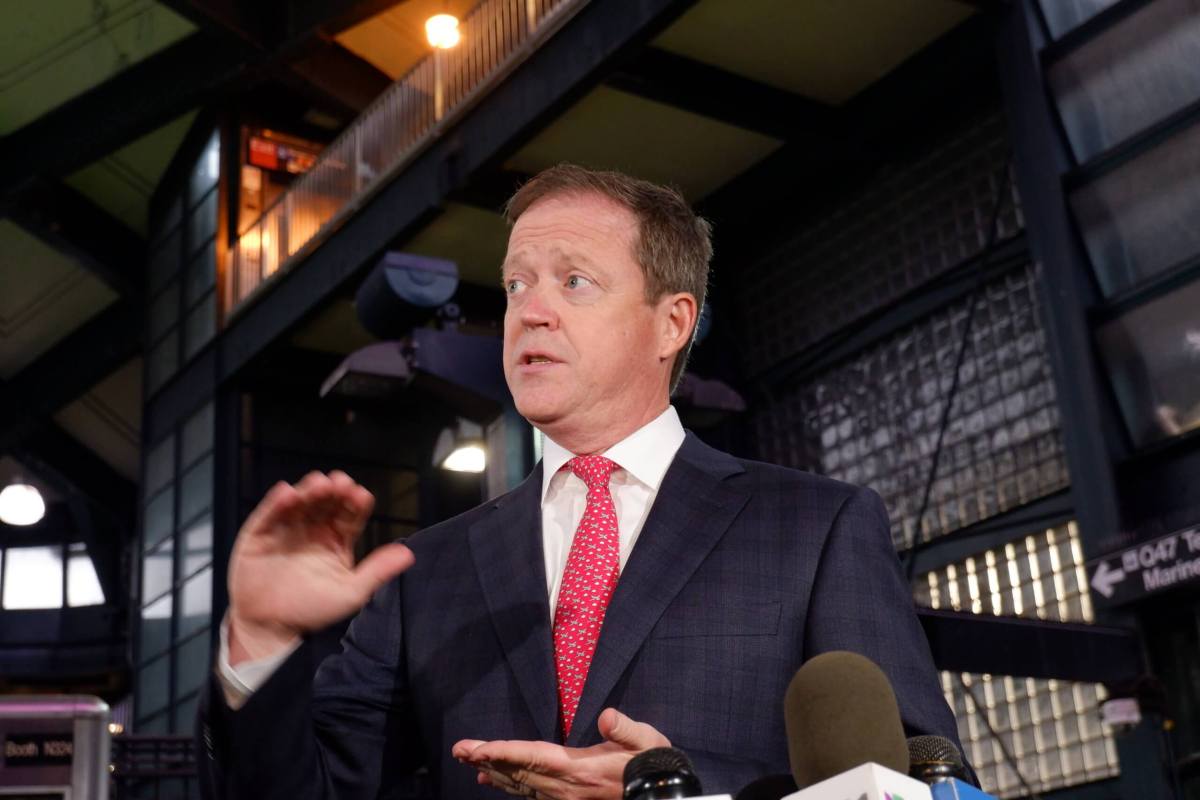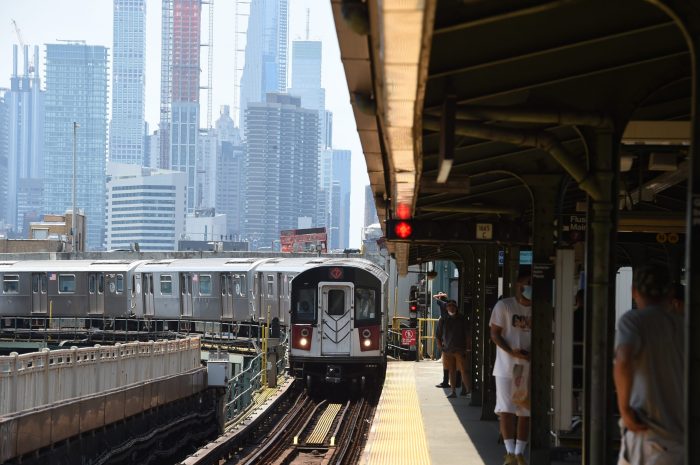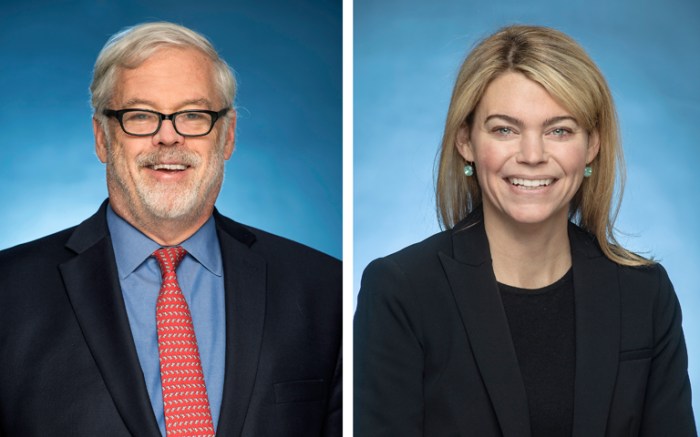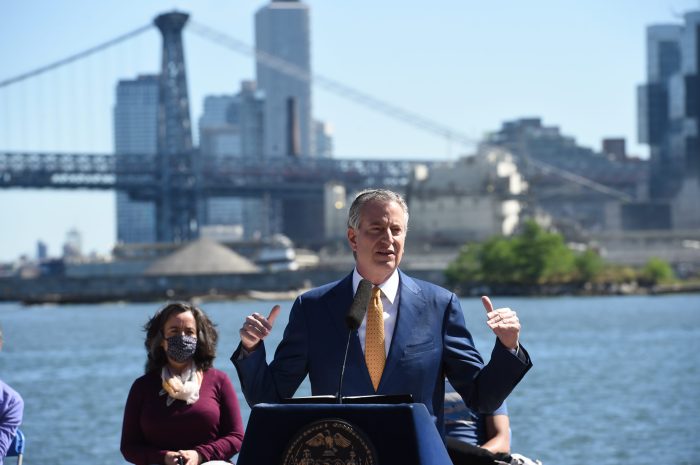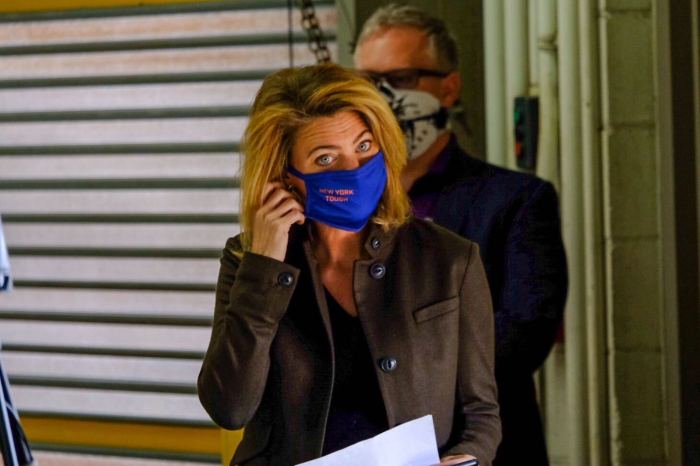Bronx residents have been waiting decades for better bus service. New York City Transit will finally deliver with more direct new routes and updated schedules as part of the borough’s Local Bus Network Redesign, which takes effect June 26.
It’s taken a lot of work and collaboration to get to this point: 28 community board meetings, six public workshops and nine open houses, not to mention countless hours sifting through comments from stakeholders, elected officials and most importantly, everyday riders. Their feedback was critical after the initial Draft Plan was released in 2019. It helped us to better align the final proposal with community needs, leading us to re-site certain stops and restore the existing Bx34 and Bx28 routes..
The end result is a 21st century bus network that all Bronxites can be proud of. Thirteen of 46 local routes in the borough and Northern Manhattan will change under the new service map, with approximately 375 bus stops eliminated to speed service and two brand new lines added. Other routes will see a host of frequency improvements meant to bolster off-peak service and enhance connectivity within the bus network and to the subway system. As a reminder, express service remains the same.
We know it’s a lot of change to take in – which is why our Transit team developed a new bus trip planner to help riders get a sense of new commutes before the redesign takes effect. This tool helps paint the overall picture of how your trip may change and ease any uncertainty stemming from unfamiliarity with the new local bus network. Customer ambassadors will also be stationed at more than 50 locations systemwide to provide on-the-ground assistance in the lead up to and after the initial rollout. There’s brightly colored signage at all stops that flags soon-to-be modified routes.
And I want to make clear that our work isn’t stopping June 26. We will monitor customer satisfaction after rolling out the new routes and consider modifications when we do quarterly service updates.
In the meantime, we’re focused on working with our City and State partners on other ways to improve bus service. A bill’s been in introduced in Albany that would expand the MTA’s bus camera authority by making the Automated Bus Lane Enforcement (ABLE) program permanent and expand our ability to use automated enforcement beyond bus lanes. More frequent and more consistent enforcement of busways and bus lanes is key to speeding service – especially as a disincentive for delivery vehicles and other chronic violators who double park or loiter in those corridors and at bus stops.
This is something our customers have long been asking for, including in our most recent rider survey. One B48 customer suggested we “smash and destroy double-parked cars that block the route and send the bill to the driver.” We won’t go that far but do appreciate the frustration — it frustrates me too. In the meantime, let’s channel that energy into making the Bronx Local Bus Network Redesign a smashing success with information and faster trips.
Richard Davey is MTA New York City Transit president.



